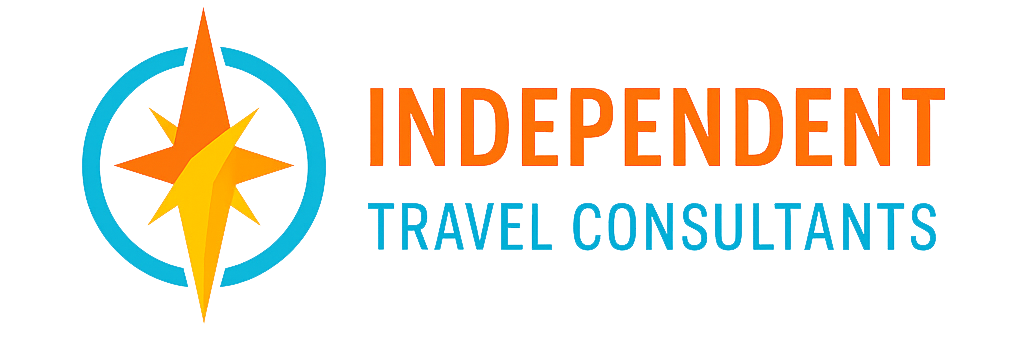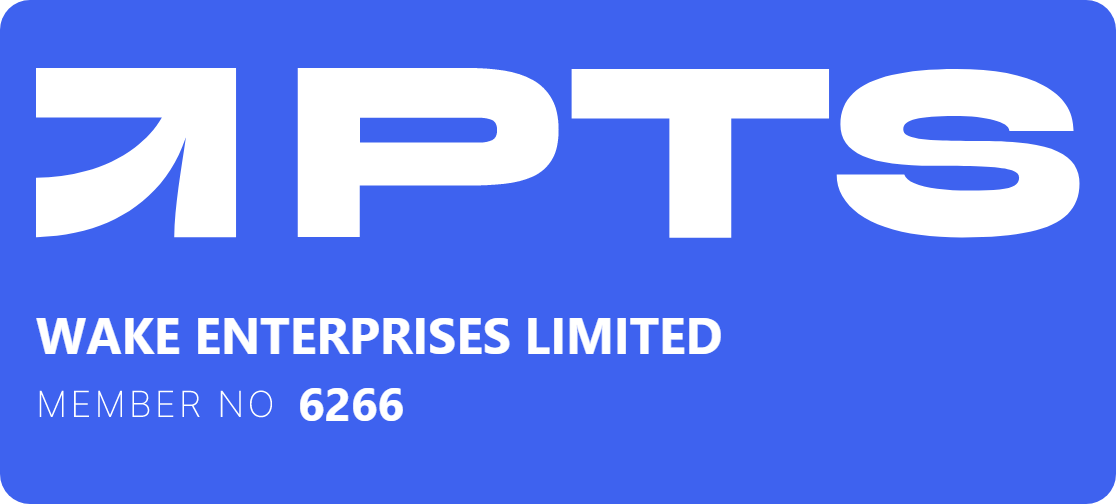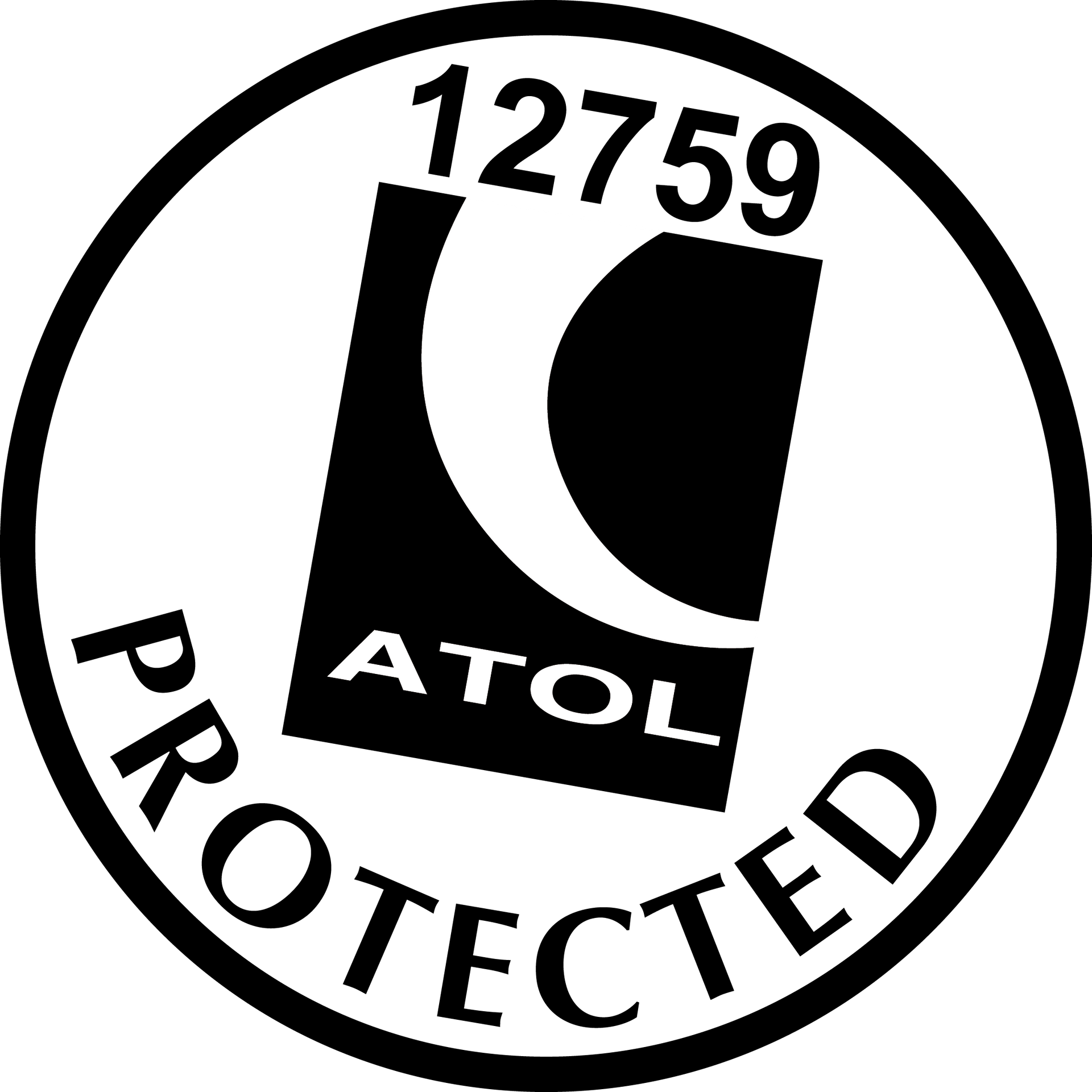Creating a Holiday Offer That Sells Itself
Creating a Holiday Offer That Sells Itself

In travel, there’s one universal truth: people don’t just buy holidays — they buy emotions, experiences, and memories. If you can tap into that, you’ll never struggle to sell. Whether you’re a new travel homeworker or an experienced consultant looking to fine-tune your strategy, knowing how to craft an irresistible offer is one of the most valuable skills in your marketing toolkit.
This guide breaks down the psychology and structure behind successful travel offer marketing, helping you turn even simple holiday ideas into bookings that practically sell themselves.
Why Travel Offers Fail (and How to Fix Them)
The travel industry is full of offers — flash sales, last-minute deals, “save £200” headlines — and yet most of them vanish into the social-media void. Why? Because they lack strategy.
The offers that convert are not always the cheapest, but the ones that:
- Solve a problem – like “school-holiday escapes without the crowds.”
- Speak to emotion – “romantic hideaways made for two.”
- Create urgency – “limited cabins left for 2026 sailings.”
- Build trust – “ATOL protected and PTS secured.”
Understanding these emotional drivers is the foundation of travel offer marketing — and the reason why some travel homeworkers see constant enquiries while others get lost in the noise.
Step One: Know Who You’re Talking To
Every great travel offer starts with knowing your audience. If you try to appeal to everyone, you’ll appeal to no one. Instead, identify your ideal client:
- Are they families, couples, or solo travellers?
- Are they price-sensitive or experience-driven?
- Do they book spontaneous getaways or long-term adventures?
Once you’ve defined them, tailor your offers accordingly. For example:
- Family market: “Half-term sunshine deals with free kids’ places.”
- Luxury travellers: “Boutique escapes with private transfers and complimentary spa treatments.”
- Cruise enthusiasts: “All-inclusive sailings with free cabin upgrades.”
By shaping the language, imagery, and inclusions to match your client’s lifestyle, your marketing will instantly feel more personal — and persuasive.
Step Two: Choose the Right Hook
The “hook” is what makes someone stop scrolling. It’s not about shouting louder; it’s about speaking smarter.
Here are a few proven hooks that consistently work in travel offer marketing:
1. Emotionally Driven Hooks
“Make next summer the one you’ll never forget.”
“Reconnect with your favourite people in paradise.”
2. Value-Led Hooks
“Save £250pp on luxury Maldives escapes.”
“Free cabin upgrade on select 2026 cruises.”
3. FOMO (Fear of Missing Out) Hooks
“Only 4 rooms left at this exclusive rate.”
“Early booking offer ends Sunday.”
When paired with strong visuals — such as sunsets, smiling faces, or iconic landmarks — these hooks draw attention and convert curiosity into clicks.
Step Three: Structure Your Offer Like a Story
People buy stories, not specs. Instead of dumping facts about hotels and flights, guide readers through a journey.
A simple storytelling structure looks like this:
- The Dream: Start with aspiration — “Imagine waking up to views of Santorini’s blue domes.”
- The Details: Then share what’s included — flights, transfers, meals, and highlights.
- The Deal: Finally, reveal the price and reassurance — “7 nights from £899pp, ATOL protected.”
Storytelling helps your client visualise themselves on the trip, which makes them emotionally ready to buy.
Step Four: Add Reassurance and Proof
A stunning price means nothing if the buyer doesn’t feel safe. Always include reassurance elements that strengthen trust:
- “Fully protected under ATOL and the Package Travel Regulations.”
- “ABTA-backed suppliers for complete peace of mind.”
- “Book with confidence — no hidden fees or call-centre chaos.”
If possible, add a testimonial, quote, or review snippet from a previous client. It’s far more powerful when someone else says you’re great.
Step Five: Use Compelling Visuals
Even the best offer will fall flat without the right imagery. Think of your image as your first impression — it should instantly spark wanderlust.
Use professional photos that:
- Highlight real emotion (a couple laughing on a beach, kids splashing in a pool).
- Reflect the destination’s most recognisable features.
- Match your target audience (don’t use party imagery for family holidays).
If you’re a travel homeworker creating your own marketing, tools like Canva and Duda make it easy to brand your images consistently with your business colours and logo.
Step Six: Write Copy That Converts
Good copy doesn’t just describe — it persuades. Keep these rules in mind:
- Lead with benefits, not features. Instead of “includes free breakfast,” say “wake up to ocean views and fresh croissants every morning.”
- Keep it simple. Avoid travel jargon that confuses or overwhelms.
- Use active verbs. “Discover,” “escape,” “explore,” and “indulge” all trigger action.
- End with a clear call-to-action. Tell readers exactly what to do next — “Message me today to hold your space.”
Every word should move the reader closer to enquiring.
Step Seven: Time Your Offers Strategically
When it comes to travel offer marketing, timing is everything.
- January–March: Focus on big “New Year, New Holidays” campaigns.
- April–June: Push late deals, family getaways, and mini-breaks.
- July–September: Highlight winter sun and Christmas markets.
- October–December: Promote next year’s early booking offers.
By aligning your campaigns with consumer booking patterns, you’ll catch people at their most inspired — and ready to book.
Step Eight: Distribute Smartly
Don’t just post once on Facebook and hope for miracles. A single great offer deserves a full campaign plan.
Use a multi-channel strategy:
- Email marketing: Send personalised offers based on your clients’ preferences.
- Facebook Groups: Share in local communities and travel-themed groups.
- Instagram: Use Stories and Reels to create anticipation.
- WhatsApp Broadcasts: Perfect for loyal clients who like quick updates.
- Your website: Create an “Offers” page that’s regularly updated with fresh content.
The key is consistency — not spam. A steady rhythm of authentic, value-led marketing builds your credibility.
Step Nine: Track and Tweak
Don’t guess what works — measure it. Track the performance of each offer using link clicks, enquiries, and conversions.
Ask yourself:
- Which posts got the most engagement?
- What time of day performed best?
- Did email or social drive more leads?
Tools like Metricool, Bitly, and Meta Business Suite can help you monitor this easily — essential if you’re balancing your travel homeworking with limited marketing hours.
Over time, these insights will reveal patterns — which destinations your clients love, what price points resonate, and how different images perform. Use that data to refine every future offer.
Step Ten: Don’t Just Sell the Holiday — Sell Yourself
Even the strongest offer will underperform if clients don’t connect with the person behind it.
As a travel homeworker, your personal touch is your biggest advantage. Unlike big online agencies, you bring warmth, care, and individual service. Show it.
Share why you love the destination, how you curate each trip, and the extra touches you include. When clients feel they’re buying from you — not a faceless company — you’ll build repeat business, referrals, and stronger brand loyalty.
Jamie Says:
“A holiday offer that sells itself isn’t just about discounts — it’s about desire. When you understand what makes your clients tick and tell that story authentically, you don’t have to chase sales. They come to you. Focus on emotion first, details second, and watch your enquiries grow.”
Final Thoughts: The Art of Effortless Selling
The best travel marketing never feels like selling — it feels like inspiring. When your offer captures the excitement of discovery, the reassurance of protection, and the ease of booking through a trusted expert, it naturally converts.
For travel homeworkers, this is your superpower: personal connection mixed with professional marketing. With training and templates from The Independent Travel Consultants, you can master offer creation, refine your campaigns, and build a profitable business that thrives year-round.
Ready to learn the art of offers that truly sell themselves?
Join The Independent Travel Consultants and gain access to proven marketing strategies, one-to-one mentoring, and creative campaign support tailored to homeworkers like you.
Let’s turn your next offer into your biggest success story.
About Jamie Wake
Jamie is the founder of The Independent Travel Consultants and a passionate advocate for empowering others to succeed in the travel industry through honesty, training, and community. He brings decades of travel experience, a focus on doing things differently, and a strong commitment to supporting UK-based homeworkers.












